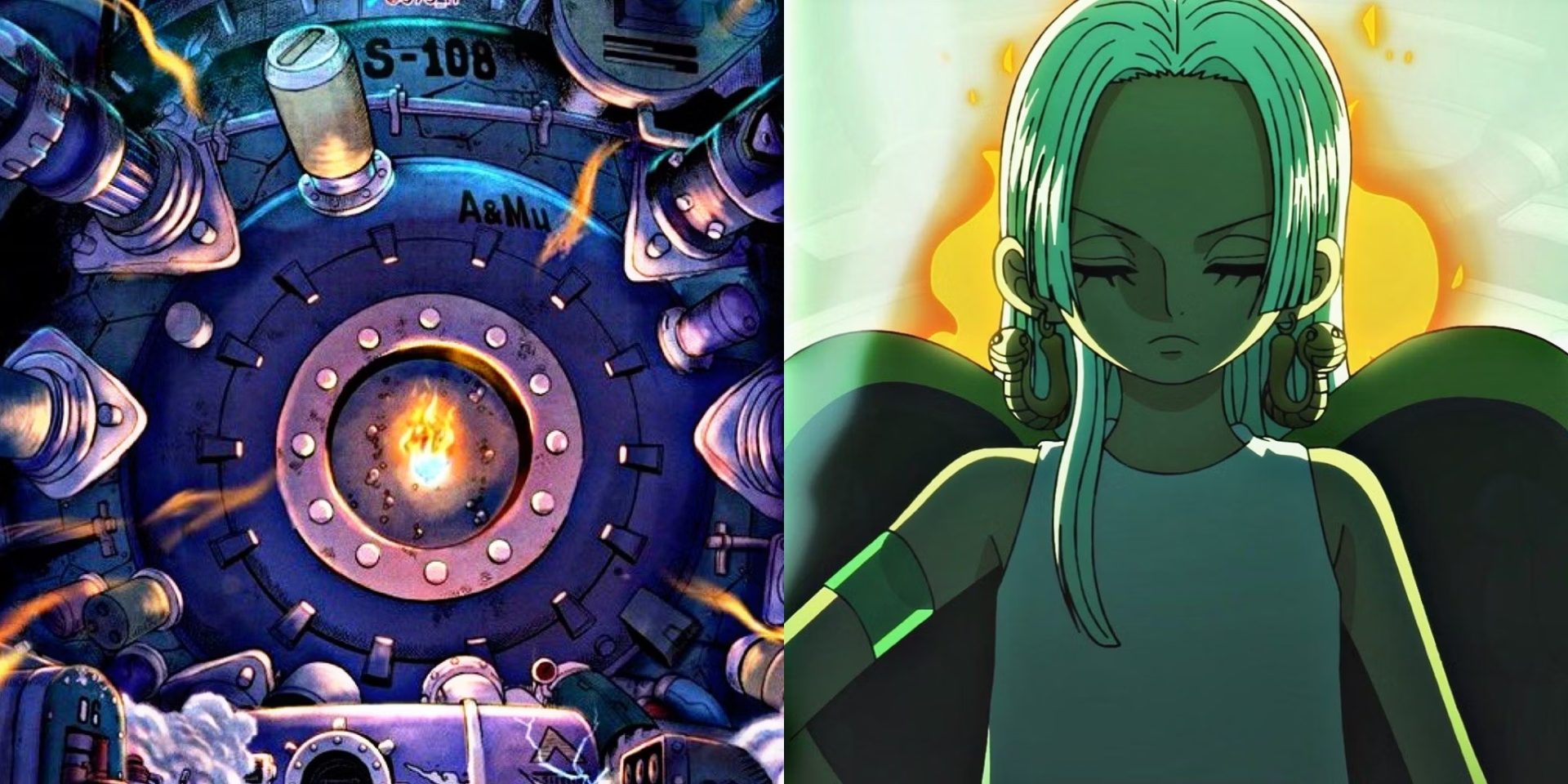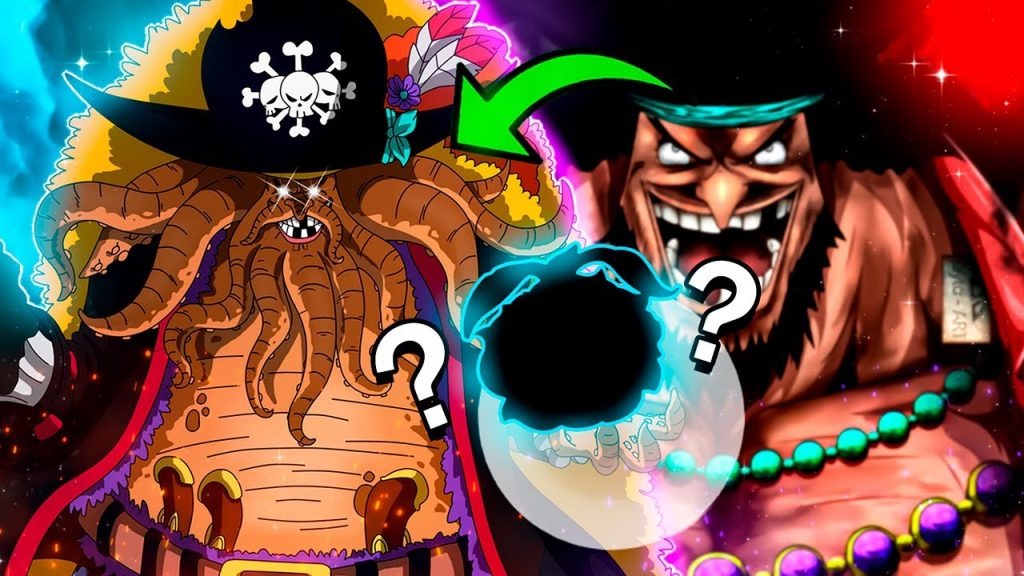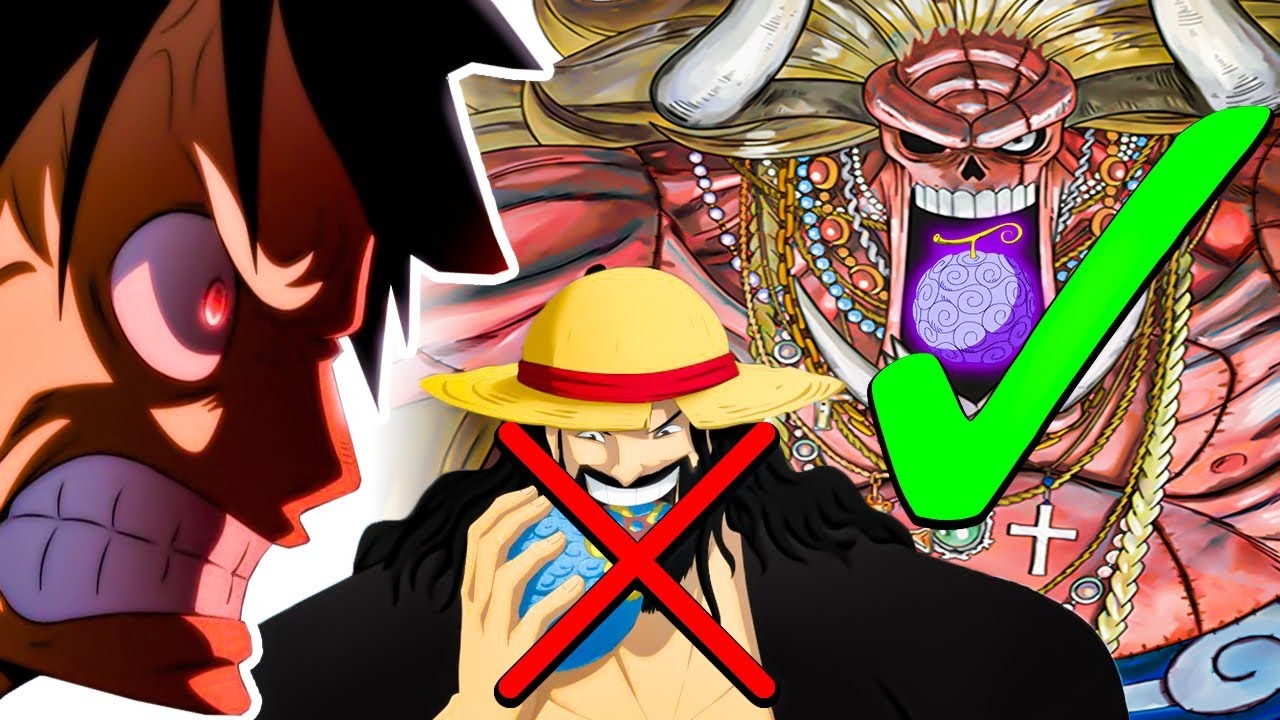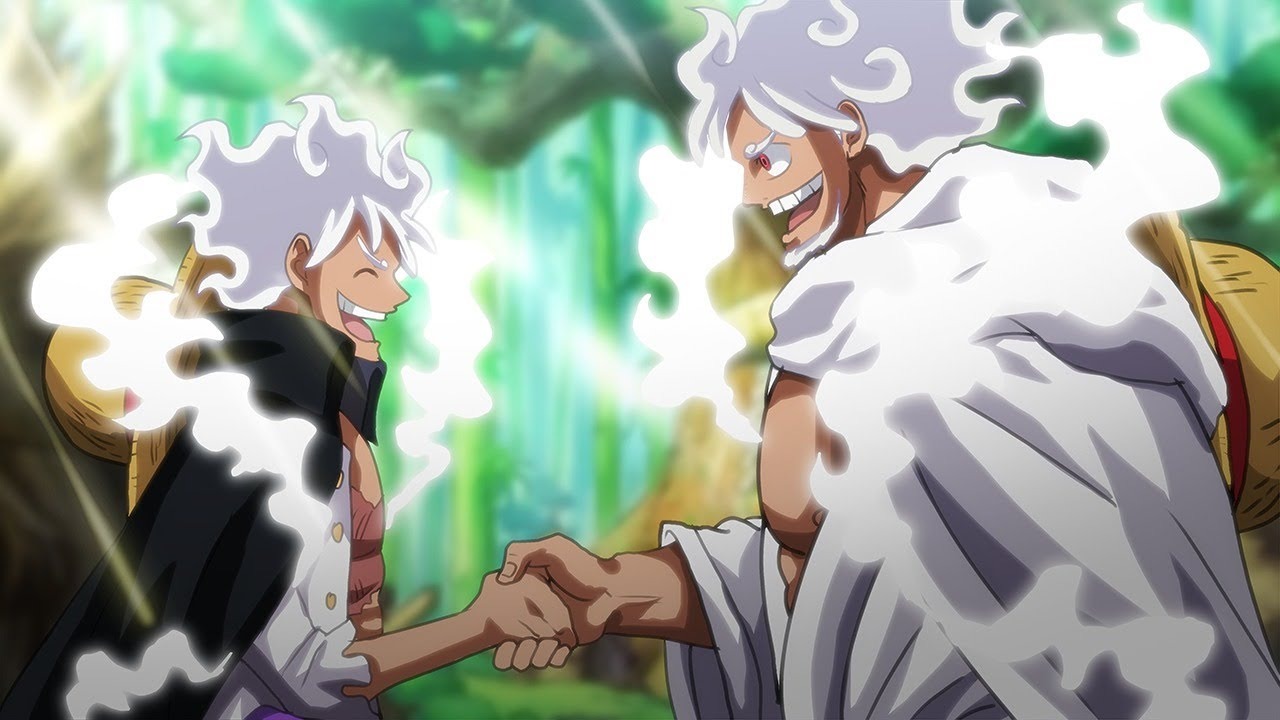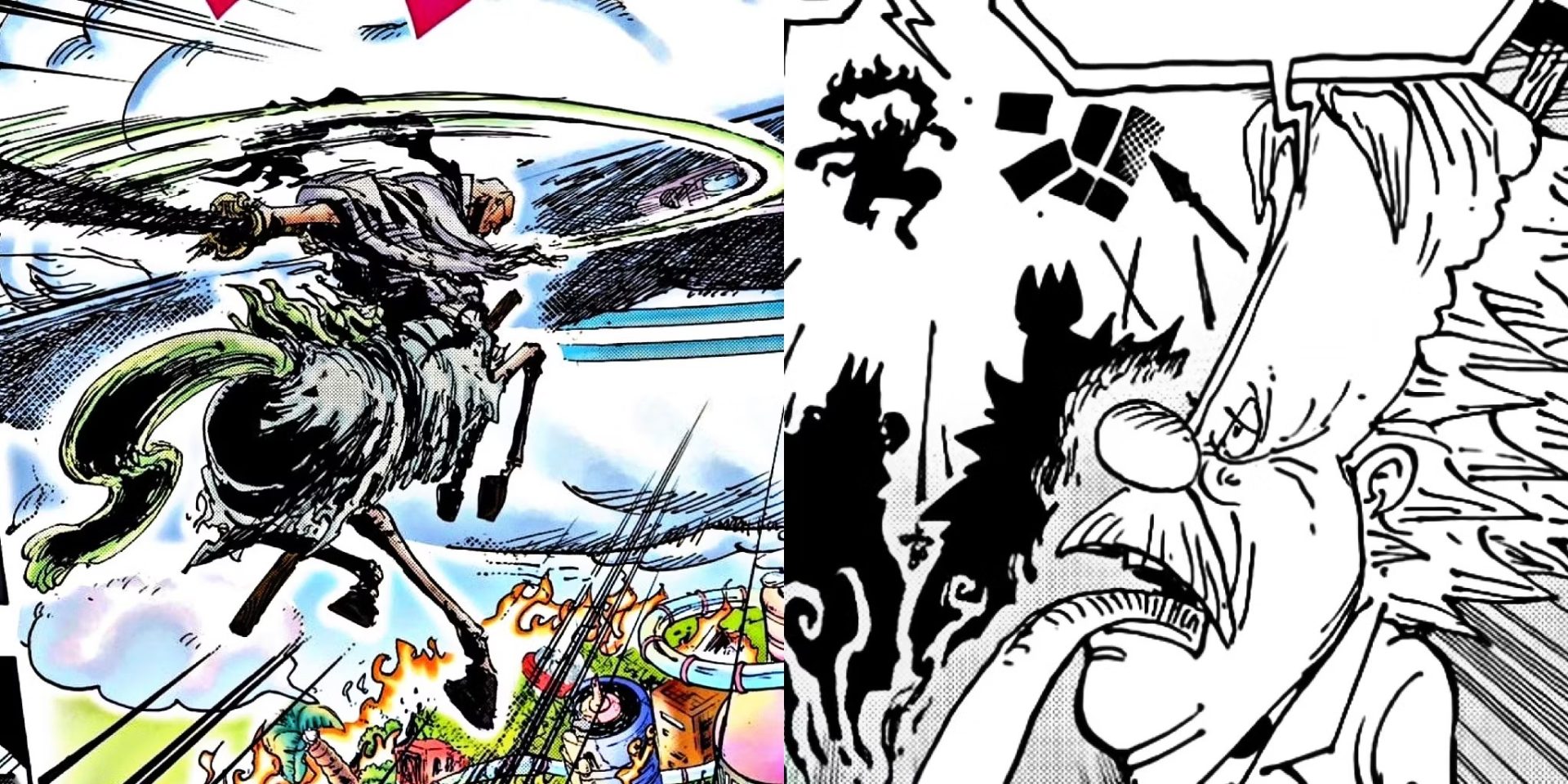A major Vegeta power-up in the official Dragon Ball Super manga was inspired by current artist Toyotarou’s previous fan-work.
Dragon Ball Super appears to owe some of its own plot developments to one of the franchise’s most famous fan-comics. One of Vegeta’s coolest power-ups originated in a Dragon Ball doujinshi, or fan-comic, called Dragon Ball AF, which was surprisingly created by Toyotarou before he became the official artist for Dragon Ball Super. In Japan, doujinshi are a creative industry in their own right, and official manga publishers actually have a pretty positive relationship with doujinshi artists, who sometimes move on to writing and drawing official manga for well-known series.

Writing under the name Toyble, Dragon Ball Super‘s current artist Toyotarou got his start with a Dragon Ball doujinshi called Dragon Ball AF. The comic was a continuation of the franchise taking place after Dragon Ball GT. Toyotarou’s work with Dragon Ball AF came to the attention of Dragon Ball creator Akira Toriyama and his publishers at Shueisha, who ultimately hired Toyotarou to help Toriyama with the official continuation of the franchise, Dragon Ball Super. Several plot beats in the official Dragon Ball Super manga seem to be inspired by Toyotarou’s previous work on Dragon Ball AF. Specifically, Vegeta’s ability to instantly cycle through Saiyan transformations seems to have its origins in a fight scene in Dragon Ball AF.
Vegeta’s “Explosive Power” Strategy First Appeared In Dragon Ball AF
In the unfinished fifth chapter of Dragon Ball AF, Vegeta faces off with the villain Xicor, the genetic offspring of Goku and the Supreme Kai of the West. Despite being weaker on paper than Xicor, Vegeta is able to match him through some brilliant tactics. Vegeta uses a technique that allows him to instantaneously cycle through the different Super Saiyan forms. For example, because Super Saiyan 3 is nimble but has the glaring weakness of lacking stamina, Vegeta enters the Super Saiyan 3 state only long enough to dodge Xicor’s attacks and close the distance, then instantly cycles into Super Saiyan 4 to make use of the form’s enhanced stamina, to then switch to the powerful but slow Super Saiyan Stage 3 at the moment of attack.

Later, this technique would reappear in Toyotarou’s Dragon Ball Super manga. In chapter #22, Vegeta relies on a similar tactic while fighting Fused Zamasu. Like the earlier Super Saiyan 3 form, it is established that Super Saiyan Blue is a major drain on the fighter’s energy. To compensate for this weakness, Vegeta once again utilizes a technique of instantly cycling through different forms, in this case Super Saiyan God and Super Saiyan Blue. As was the case in the Dragon Ball AF doujinshi, Vegeta is therefore able to gain an advantage over a stronger opponent through superior tactics and the optimization of his power. Given the similarities between the two fight scenes, Vegeta’s strategy against Fused Zamasu could have been inspired by Toyotarou’s earlier fan work.
Toyotarou Is Leaving His Mark On Dragon Ball Super

It’s important to note that this technique, called “explosive power” does not appear in the Dragon Ball Super anime during the fight against Zamasu. It’s only introduced in the manga adaptation, which makes it more likely that it could be the result of Toyotarou’s own input. Toyotarou’s career trajectory is an amazing story. Going from fan artist to Akira Toriyama’s chosen assistant and successor is truly inspiring. Similarly, the story behind Vegeta’s most impressive power-up is not only an awesome moment, it’s a great call-back to Toyotarou’s early career and proves that the young artist truly had an impact on Dragon Ball Super‘s history.
Dragon Ball Super is available from Viz Media and Manga Plus.
Source: Screenrant.com

